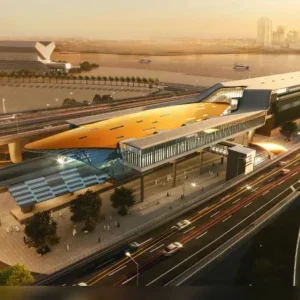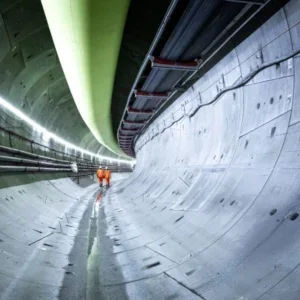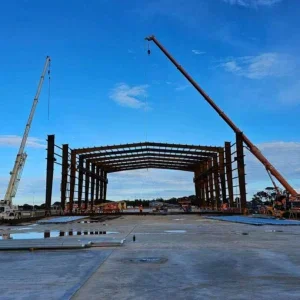West Japan Railway Co (JR West) has completed an emergency programme to reinforce 377 sections of unsafe concrete tunnel lining discovered along the Sanyo Shinkansen (bullet train) line.
This follows a serious incident where a 200kg lump of concrete smashed on to the roof of a speeding bullet train in Fukuoka Prefecture, western Japan, on June 27 (Aug ’99).
The remedial work, which provides temporary reinforcement for the weak areas by with steel plates while more permanent repairs are considered, was completed in August. JR West officials are confident that this repair work will be sufficient and that there is no risk of concrete spalling for at least ten years.
An initial assessment after the June 27 accident suggested that cold jointing may have caused the concrete to fall, but tell-tale signs of alkali-silica reaction were later discovered by experts from the Railway Technical Research Institute.
JR West has formed a committee to draw up inspection and repair guidelines for cold jointed defects – where wet concrete has been laid over cured concrete – by March 2000.The JR West committee will also inspect concrete samples taken from the cold jointed areas to find out the exact cause of the problem.
JR West inspected all 142 tunnels along the Sanyo Line and percussion tests revealed 2049 cold joints in 62 tunnels along the line. Railway officials admitted that an alkali-silica reaction has been found in some of the tunnels and bridges along the same route.
Meanwhile, the rail company has found 25 cracks, believed to have been caused by sodium silicate, on the Rokko Tunnel and bridge and elevated sections of the Sanyo Shinkansen line.
JR West plans to take more samples from the tunnel in Fukuoka and from other tunnels to determine whether sodium silicate has caused cracks anywhere else.







